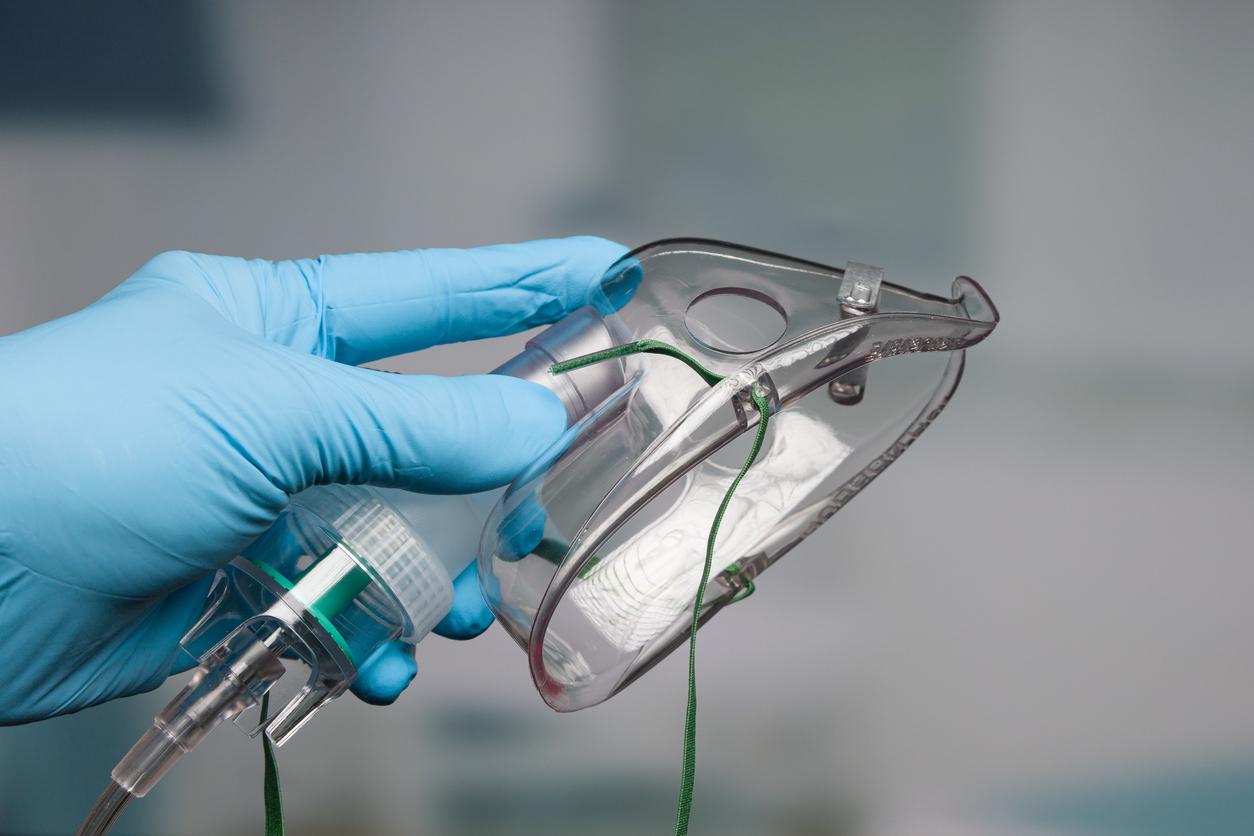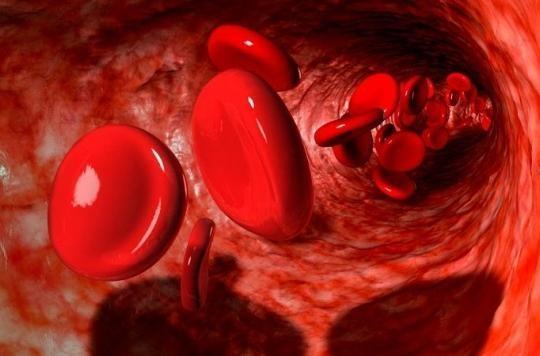An American team of researchers is developing a new technique in pigs to treat respiratory failure: injecting oxygen… through the rectum.

In these times of the Covid-19 pandemic, it is an amazing and promising technique that could help treat respiratory failure. According to Slate, who spotted this information, Respirogen, an American company based in Colorado, is currently working on the development of a method to make breathe through the rectum. Currently being tested on pigs, this method could help patients hospitalized for lack of oxygen in the blood.
“It could be a good bridging therapy to increase the oxygen saturation of these patients”, which means that the latter would not need to be placed on a respirator, explains to the American site NewsScientist Robert Scribner, who heads Respirogen.
A marked increase in oxygen levels
How does this technique work? The researchers tested it on 12 pigs weighing between 40 and 50 kilograms, whose lungs had been damaged by smoke. After two days, their oxygen saturation in the blood had fallen to an average of 66%.
The researchers therefore injected 6 of the animals with billions of oxygen bubbles through their rectum. The oxygen level then increased this rate to 81% after 150 minutes. In animals that were not treated, oxygen saturation fell to 53%. The pigs were kept sedated throughout the procedure.
Decreased carbon dioxide levels
The team also found that blood carbon dioxide levels dropped in pigs as they received the colonic infusion of microbubbles, while it continued to rise in untreated animals. This is important because a high content of carbon dioxide has many harmful effects, including impaired thinking. “Your mental state is declining to the point that you can no longer protect your airways”says Keely Buesing, a member of the University of Nebraska Medical Center team.
According to her, this procedure can be practiced over longer periods. “There’s no reason you can’t just get these microbubbles of oxygen in and out of the body. The method of delivery through the colon could, in theory, be a long-term maintenance treatment for them. seriously injured patients. “
The next step desired by the researchers is to test this technique on healthy volunteers to observe the effects on their oxygen saturation rate.
.

















